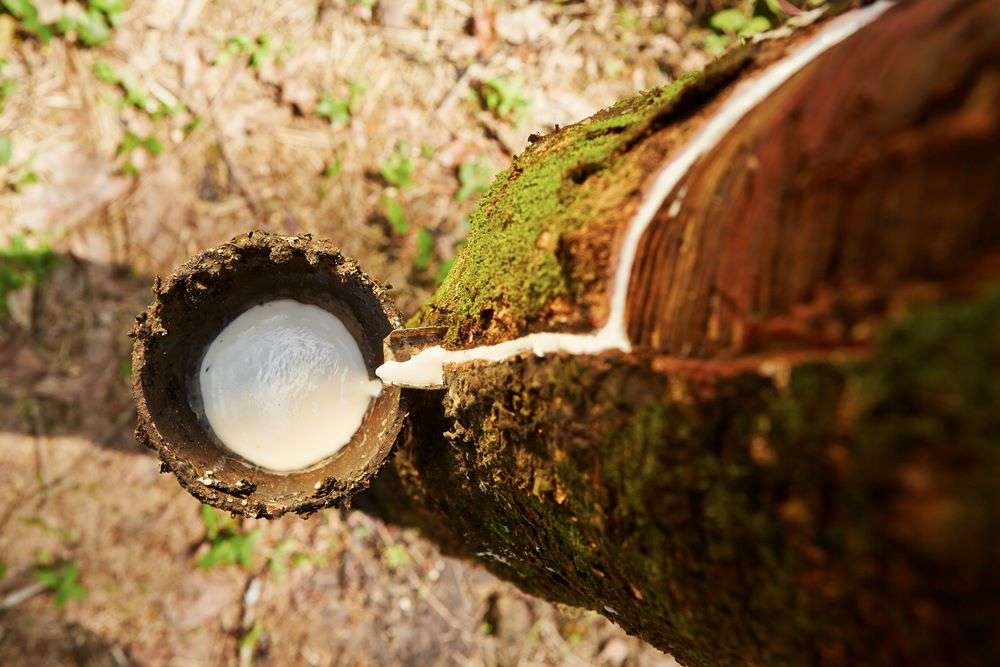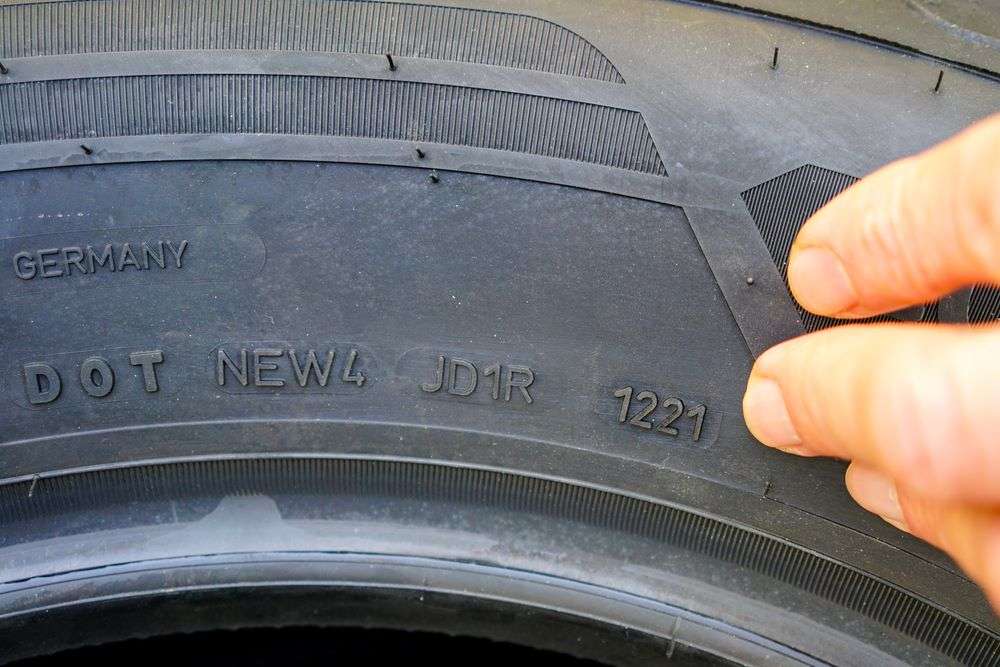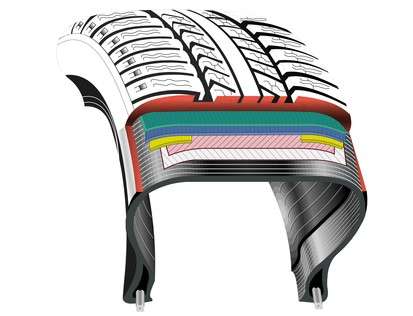Last Updated on March 2, 2023 by Paul S.
As you drive hurtling down the highway at speeds of 75 mph and plus, do you ever wonder what keeps you on the road? What are these black circular objects that spin at 3,000 revolutions per minute?
Imagine spinning like that on a gravitron!
Well, these black circular objects are tires, and now let’s find out what tires are made of!
Tires are made up of many different materials. The majority of the tire is made up of rubber, that rubber is made up of synthetic and natural rubbers. Here is a list of some other materials used in the manufacturing of tires:
- Oils: that can help soften up the rubber
- Silicia: When mixed with rubber can provide better fuel efficiency and grip on the road for the tires
- Sulfur: Sulfur provides elasticity for the rubber
- Accelerator: This helps bond the rubber and sulfur
- Antioxidant: This blocks out the oxidation of rubber. Without it, our tires would age a lot quicker even without use!
- Carbon Black: Carbon black strengthens the rubber so the road does not wear it out too quickly.
To make up the tire ply, polyester, nylon, and rayon cords are used inside another layer of rubber. Steel is another material used that can be used in steel beads and steel belts within the tires of trucks. Tire ply is what makes up the internal portion of the tire between the air and the outside rubber. You can see the various layers in the image above.
The tire play provides structural support and allows your tire to take the daily beating while driving through various conditions. Without the ply, your tire would just be an inflatable rubber tube ready to pop!
Read on to learn more about some facts about tires!
Table of Contents
How is Rubber Made for Tires
Natural Rubber

Natural rubber is produced from the latex of the para rubber tree typically found in southeast Asia.
The rubber tree is native to Brazil but most of the rubber plants are now found in Asia.
Production of rubber begins when the rubber trees are around 5 years old. The trees are tapped to allow the collection of the natural latex of the tree that is produced. The trees will produce this latex for another 30 plus years.
Once enough sap or latex is collected ammonia and acid are added to extract the rubber from the latex. It is then compressed to remove any moisture left in the mixture. The material is then left to dry in smokehouses or hung outside. This is the rubber that is then sent to the tire manufacturers for further processing.
Recently new sources of plants have started to be cultivated in order to assist the demand for rubber in the world.
Synthetic Rubber
There are two main synthetic rubbers that are used to make up some of the tire’s materials. These synthetic rubbers are butadiene and styrene butadiene rubber. These are created in petrochemical plants.
Synthetic rubber is made up of hydrocarbon products from oil and coal and then reduced down to naphtha. Naphtha is then converted to butadiene and some other compounds and then finally polymerized to create rubber.
What Makes Tires Black
Did you know that rubber is actually a milky white color? But in order to strengthen the tire manufacturers have to add carbon black. And with black in its name you can guess what makes tires black.
Carbon black is a black powder that is produced by the burning of coal or other hydrocarbons. It not only strengthens tires but you will find it in hoses, inks, machine belts, plastics, and other automotive products.
How Are Car Tires Made
Here is a quick guide to how tires are made. This is a very quick version of it because it would take some time to read every step of the process!
- Rubber and other materials are mixed in giant mixers to create massive batches.
- This mixing process continues many times until all of the chemicals and additives have been combined and are homogenous throughout the material.
- The rubber mix then is rolled by machines to create thick sheets that will be make up the tire’s layers. These sheets will receive different treatments to create the ply of the tires.
- Next, they are assembled into a tire by the use of glue and a drum machine.
- The tire is then placed over a bladder and then placed into a mold that will assist in curing it. The bladder expands and shapes the tire to the necessary dimensions. If you have ordered an offroading tire, this part is where your special tread for climbing those tough trails comes into play.
- Every tire is inspected and tested by computers to ensure it meets its standards and specifications.
- Finally, it goes through its supply chain to reach your vehicle.
How to Find The Year The Tire Was Made?
To determine the year your tire was made you need to find the tire’s TIN or tire identification number. TINs are not specific to one tire but just general information for the number of tires made during that time.
The TIN will typically provide where the tire was manufactured, the size of the tire, the manufacturer’s code, and the week/year it was produced.

You can find the TIN on the sidewall of the tire which will end in four numbers. The first two numbers will represent the week of the year it was manufactured and the last two represent the year it was manufactured.
Finding the year of your tire can be very important because tires can simply become unusable due to age. Tires will typically last you around 3 to 5 years but it depends on a lot of factors. Check out our article on How Many Years Tires Should Last to check out some more great info on tires.
Cost to Replace 4 Tires
Last Updated on April 12, 2023 by Paul S. Are your tires looking a little rough? Have you had a piece of tire rub off while grazing a curb? I…


